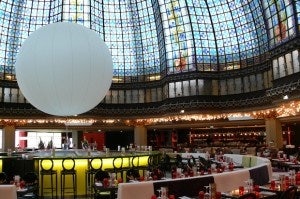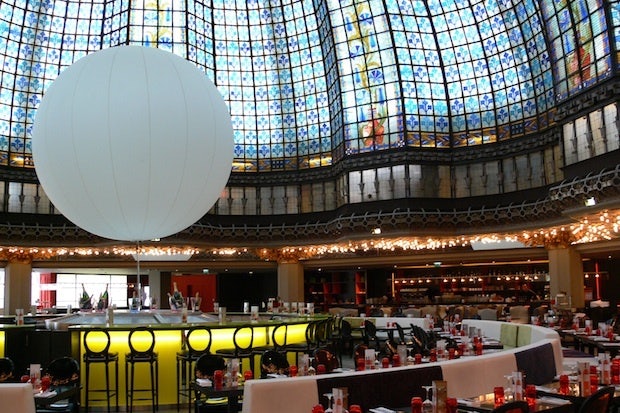Luxury Group's European Sales Rose 19 Percent, Driven By Free-Spending Chinese Travelers#

Despite massive investment in expansion throughout Asia, particularly in emerging markets like mainland China, major luxury groups continue to find that many Asian shoppers still see luxury shopping as an activity reserved for vacations in Europe. This week,
Richemont#
, the world's second-largest luxury group, said that sales growth had slowed significantly in Asia, while very strong European sales -- driven largely by spending by Chinese and other Asian travelers -- made it Richemont's fastest-growing region.
Though Asia-Pacific growth rates slowed to 12 percent in the five months to the end of August, down from 46 percent in the 2011-2012 financial year to March, Richemont is still optimistic about the region. From Reuters:
"Richemont remains excellently positioned to benefit from the current boom in demand ... However, growth rates are slowing down versus a very high comparable basis," Helvea analyst Michael Heider said. "It will be more and more difficult for the company to surprise on the positive."
Sarasin analyst Patrick Hasenboehler said the figures were better than most analysts had expected but not a great surprise, coming so soon after four-month data.
"The strong growth rate in Europe is a positive, whereas the growth rate in America is at the low end of expectations. A cause of uncertainty is the slowdown in China."
As Jing Daily pointed out last week, major luxury groups should expect to see shifting demand in China hit certain brands while boosting others. With conspicuous consumption falling increasingly by the wayside in China, luxury watchmakers in particular have seen sales rates slowing in mainland China and Hong Kong, and visible brands like Montblanc have also seen demand drop overall among Chinese luxury consumers both at home and in Europe. Demand remains very high, however, for brands like Hermès, which recently reported a 25 percent rise in sales in mainland China, Hong Kong and Singapore, and a 21 percent increase in Europe. Luxury giant LVMH also said in July that demand for many of its brands remained strong in China, with second-quarter organic growth in China increasing 15 percent, in line with the first quarter.
Despite a sales slowdown in Asia in recent months, Richemont continues to put a great deal of emphasis on the mainland China market. Owner of 18 luxury “Maisons,” including Cartier, Jaeger-LeCoultre, Van Cleef & Arpels, Vacheron Constantin and Shanghai Tang, this spring the French luxury group launched its own “retail academy” in Shanghai. Situated on Huahai Zhong Road, amidst dozens of high-end boutiques and flagships, the school is aimed at addressing one of the biggest issues facing the luxury industry within China: poor customer service. But will better service will be enough to entice more Chinese consumers to shop at home?
